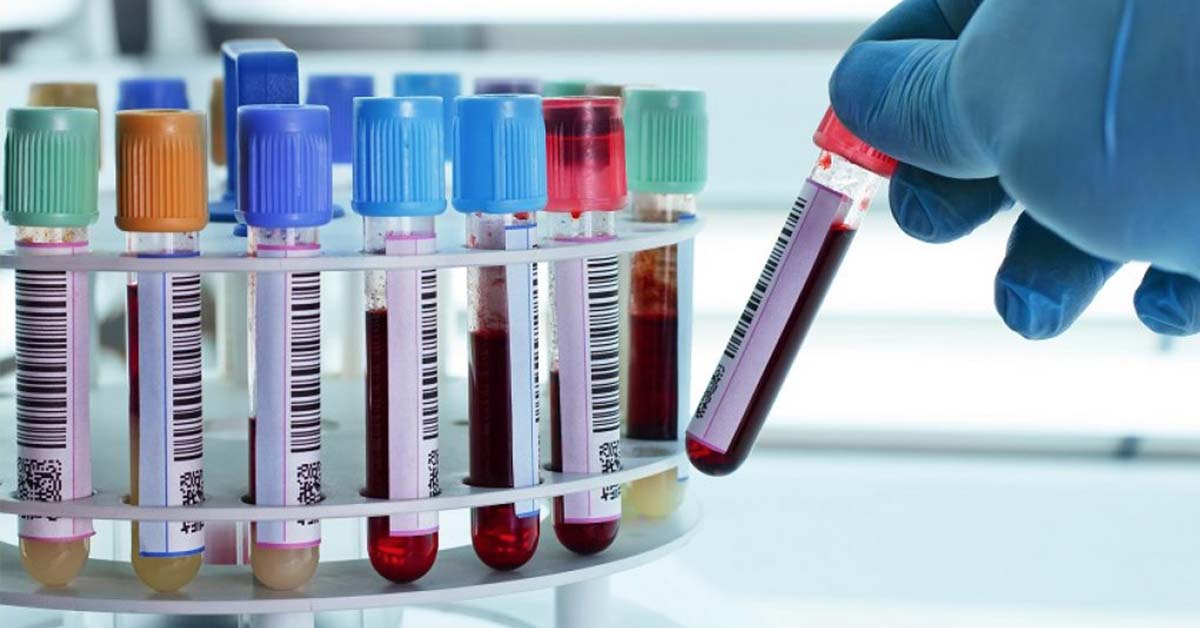If you or a family member are coping with a food allergy, you may have encountered an oral food challenge at some point in your diagnosis or treatment. Food challenges are normally held in a doctor’s office or hospital whereby successive amounts of a suspected allergen are fed to a patient until the patient reacts or consumes an entire dose without a reaction. Should the patient react, medical staff must be on standby to deal with the symptoms of anaphylaxis which can be severe.
Despite the danger of a reaction, the oral food challenge is considered safe when properly administered and is currently the gold standard in determining whether one indeed has a true allergy. That said, the test itself can be anxiety inducing as the patient endures a waiting game to see if they will react.
Though there is no blood test currently available can reliably determine whether a food allergy is present, we previously reported on a test that was in development that could potentially determine the existence and severity of food allergy called the Basophil Activation Test (See “BAT II Study to Determine Effectiveness of ‘Food Challenge in a Test Tube’“)
Now, a new test is in development that boasts a 98% accuracy rate for determining peanut allergy while cutting the number of false-positives which may occur when a blood or skin-prick test indicates a food allergy despite the patient not reacting to the food. The researchers arrived at their findings after using blood samples from 174 children in the UK who were undergoing traditional allergy testing.
The new method, called a Mast Activation Test (MAT) was introduced in a study published in the Journal of Allergy and Clinical Immunology. Rather than focus directly on Immunoglobulin E (IgE), the antibody that indicates the possibility of an allergy, MAT focuses on the white blood cells that are activated when IgE is present.
The test would be used after a standard IgE blood test or skin-prick test determines that an allergy may be present, and could replace the oral food challenge as the determiner for whether an allergy truly exists.
Said Dr Alexandra Santos, the study’s lead author, to Newsweek:
This is something we cannot conclude with current tests, such as skin prick test and specific IgE, which are often positive in children that are not allergic.
In many cases, in order to reach an accurate diagnosis, we have to perform oral food challenges in hospitals, which are resource-intensive and can cause patients to experience allergic reactions nd thus create stress and are risky. The MAT is more accurate than current allergy tests and could enable us to reduce the number of patients needing challenges.
The team is currently working on tests for other common food allergies including milk and eggs.
Dr. Scott H. Sicherer, professor of pediatrics and director of the Jaffe Food Allergy Institute at Mount Sinai in New York and author of Food Allergies: A Complete Guide to Eating When Your Life Depends on It, told Newsweek that the new test is currently too labor-intensive, and further research is required before it can be added to current diagnostics.
“It looks like it may be a good research tool in the meantime,” said Dr Sicherer, who was not involved in the research.
We will follow the progress of MAT and report back with developments.
- NEW PEANUT ALLERGY TEST CREATED THAT CUTS OUT ‘RISKY’ FOOD CHALLENGE – Newsweek
- Mast cell activation test in the diagnosis of allergic disease and anaphylaxis – Journal of Allergy and Clinical Immunology






